Are leather boots waterproof?
When it comes to footwear, leather boots are a popular choice for their durability, style, and comfort. However, many potential buyers wonder: Are leather boots waterproof? The answer isn’t as straightforward as you might think. Let’s dive into the details.

Understanding Leather
First, it’s important to understand that not all leather is created equal. Full-grain leather, for instance, is the highest quality and retains its natural texture, making it more resistant to water. On the other hand, lower-quality leathers may be treated with various chemicals that can impact their water resistance.

Types of Leather Boots
-
Smooth Leather: While it can repel some moisture, smooth leather is not inherently waterproof. It may absorb water if not treated.
-
Suede and Nubuck: These types of leather are generally more susceptible to water damage. They can be treated with waterproofing sprays, but they often require more maintenance.
-
Synthetic Leather: Often more waterproof than natural leather, synthetic options can provide a good alternative for wet conditions.
Waterproofing Treatments
If you’ve invested in a pair of leather boots, there are several ways to enhance their waterproof capabilities:
1. Waterproofing Sprays
There are various sprays available that can add a water-repellent layer to your leather boots. These products typically create a barrier on the surface, helping to prevent water from penetrating. We recommend Pro-Tex for our boots.
2. Conditioning Oils and Waxes
Using leather conditioners, oils, or waxes can help maintain the integrity of the leather and provide some level of water resistance. Beeswax is a popular choice, as it creates a natural barrier against moisture. Here's a video showing you everything you need to know about oiling leather boots.
3. Sealing Products
Some specialized products are designed specifically to seal the pores of leather, enhancing its waterproof properties. Look for options that are labeled as waterproof.
Care and Maintenance
To keep your leather boots in top condition and improve their water resistance, regular maintenance is key:
- Clean Regularly: Dirt and grime can break down leather over time. Use a soft brush or cloth to remove any debris.
- Apply Waterproofing Treatments: Depending on usage and exposure, apply waterproofing treatments every few months or after cleaning.
- Dry Properly: If your boots get wet, allow them to air dry naturally. Avoid direct heat sources, as they can damage the leather.
Real-World Performance
Even with treatments, it’s important to manage expectations. Waterproof leather boots can handle light rain and wet conditions, but they may not perform well in deep puddles or prolonged exposure to water. If you need boots for extreme weather or hiking in wet environments, consider options specifically designed for those conditions, such as the JK Boots Artic No. 2
In summary, while leather boots can be made more water-resistant through various treatments, they are not inherently waterproof. By investing in quality leather and taking the time to care for your boots, you can enjoy their benefits while keeping your feet dry in less-than-ideal weather. Want to learn more? Watch this video.



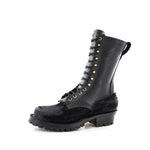
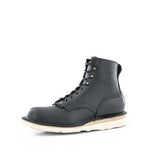
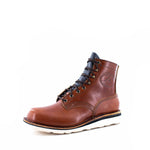

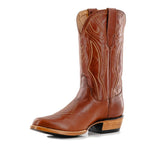
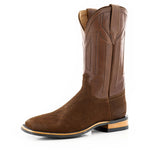
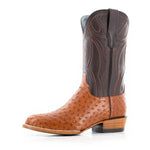


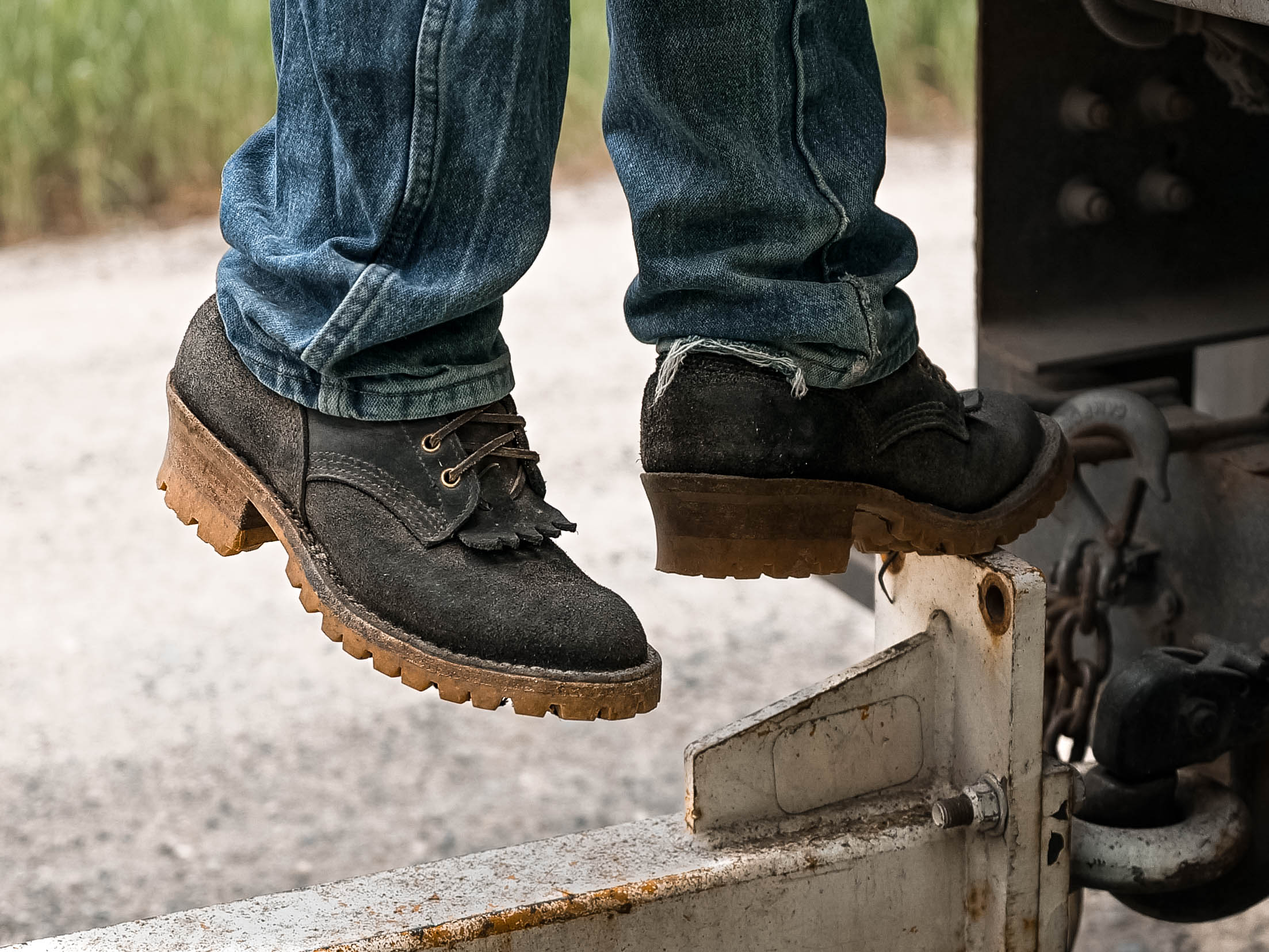
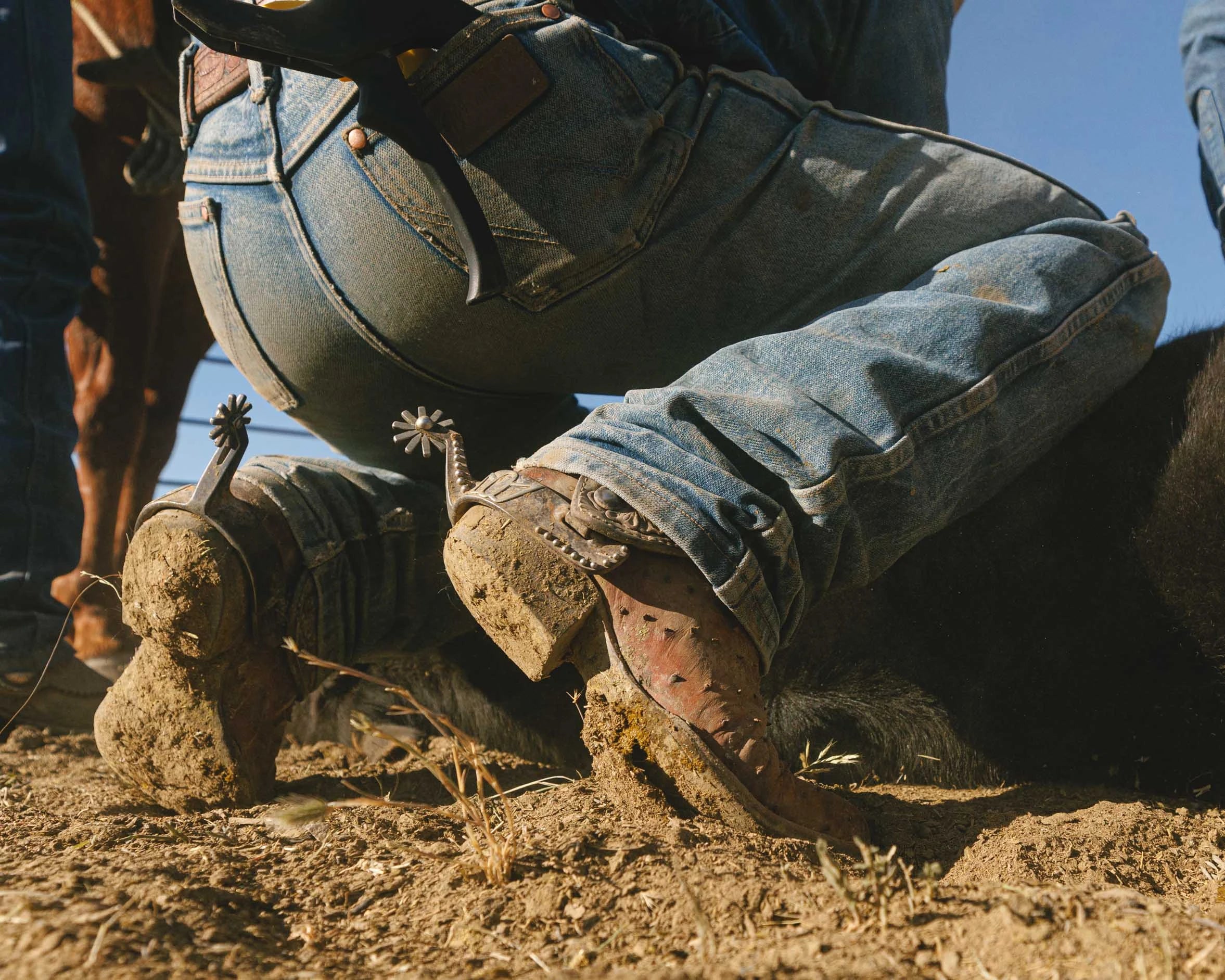
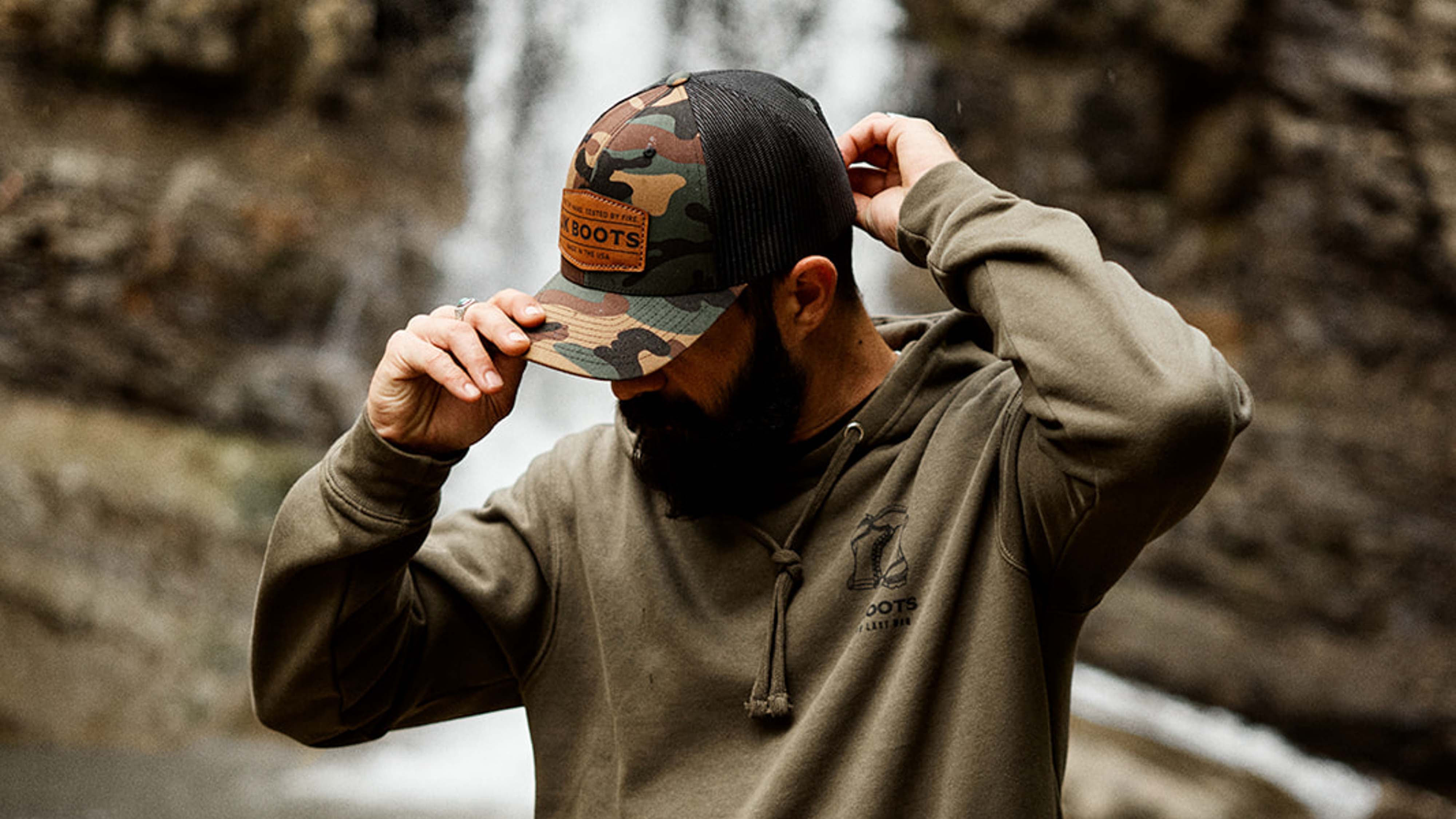
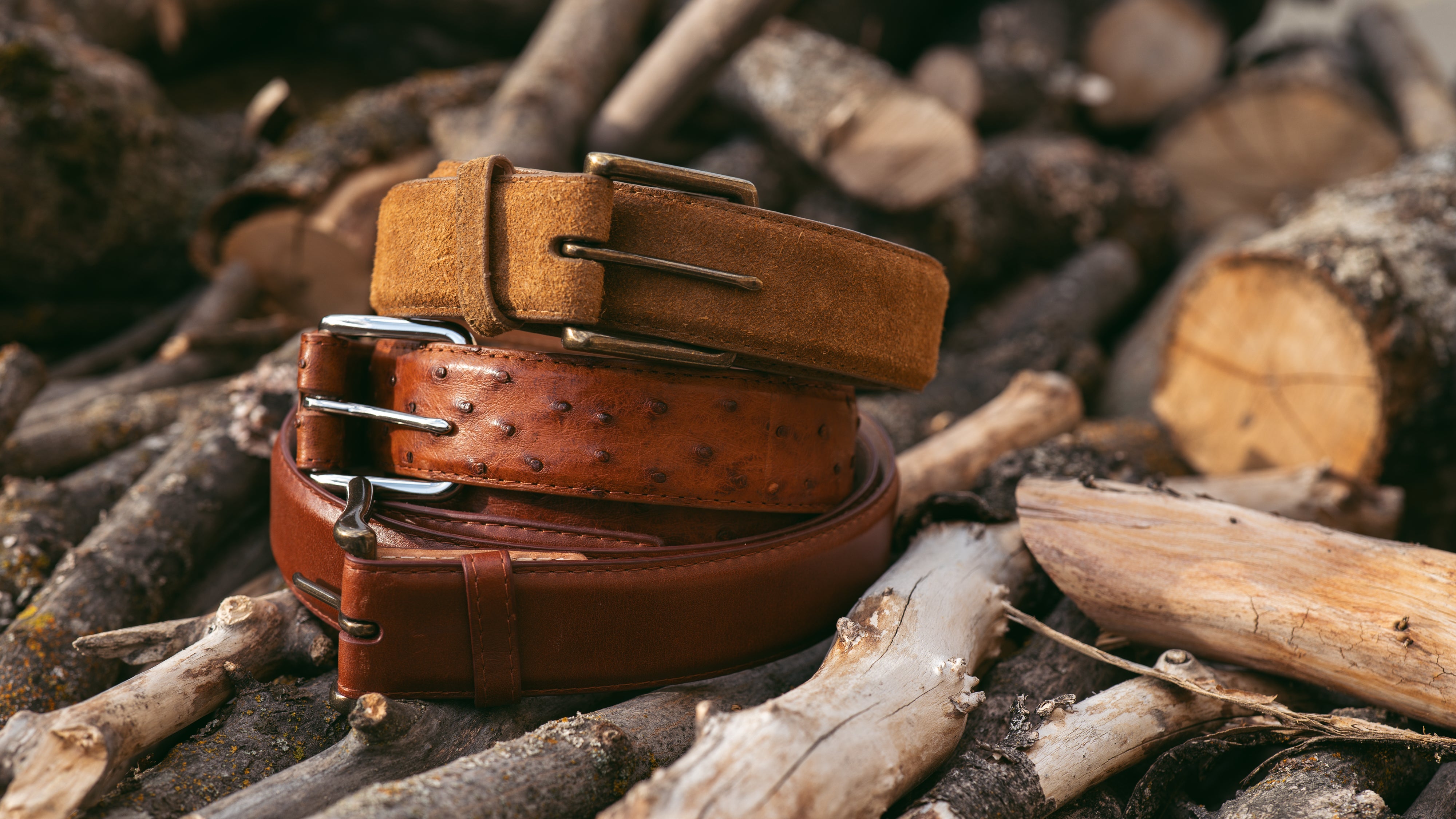
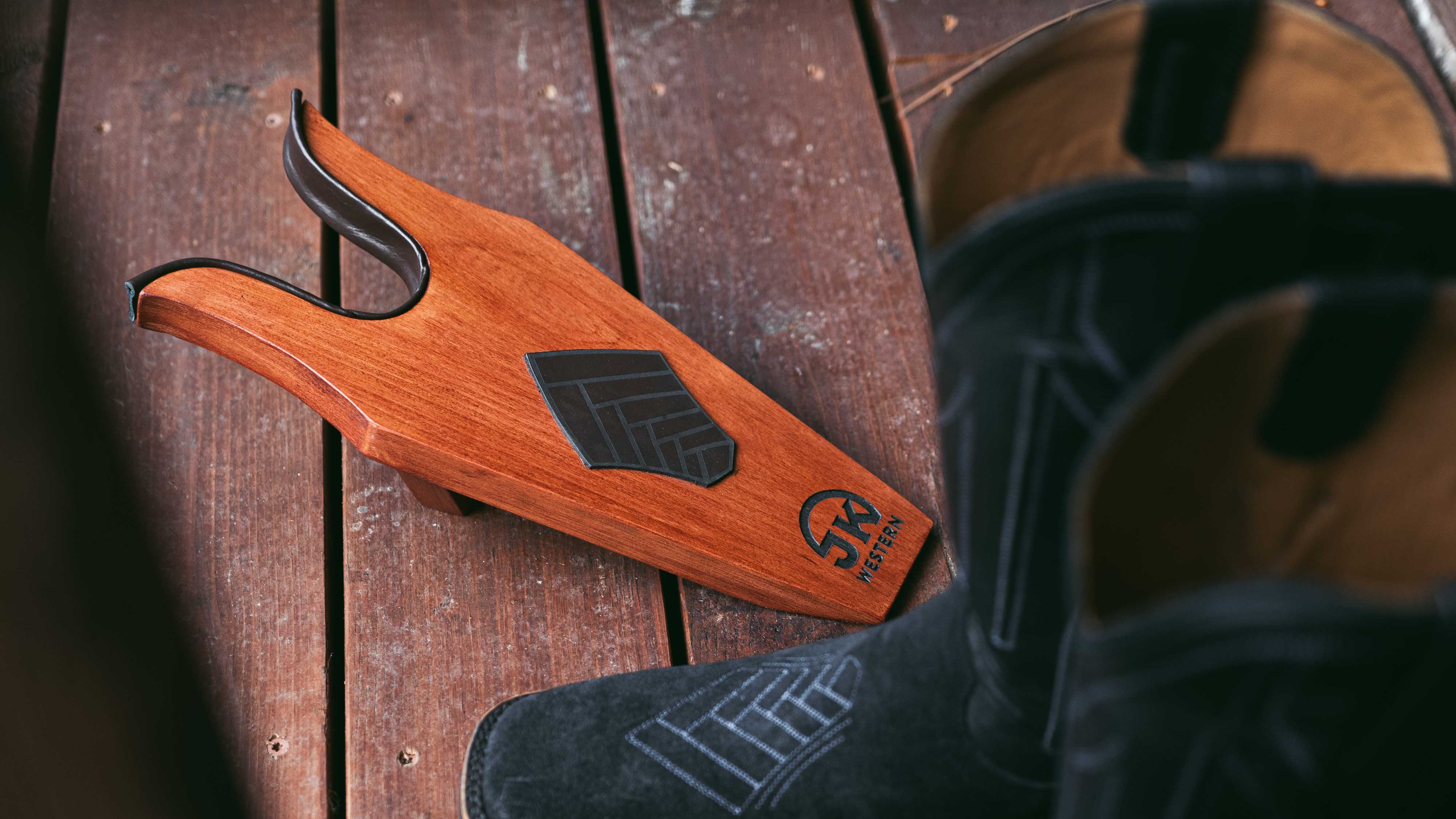
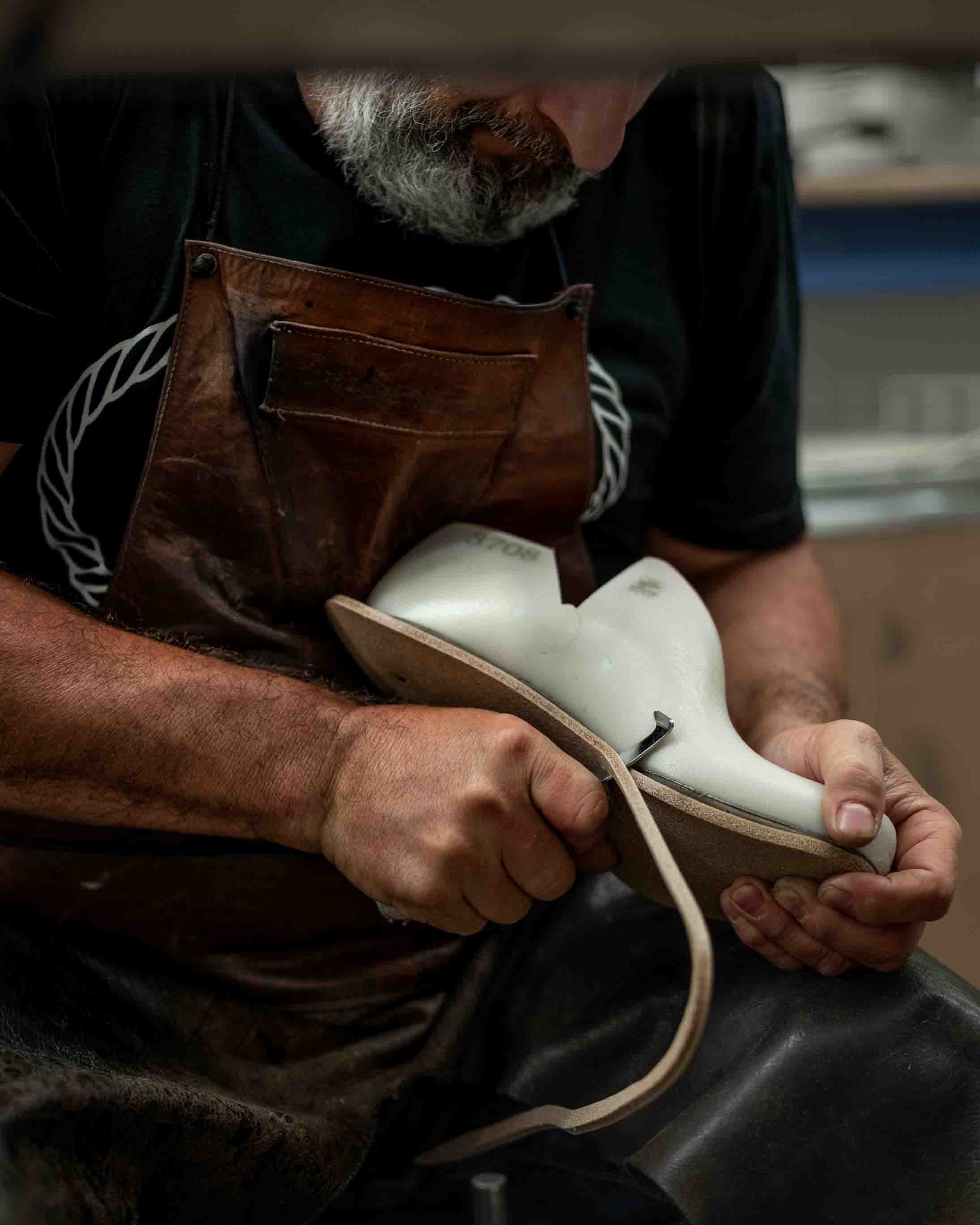

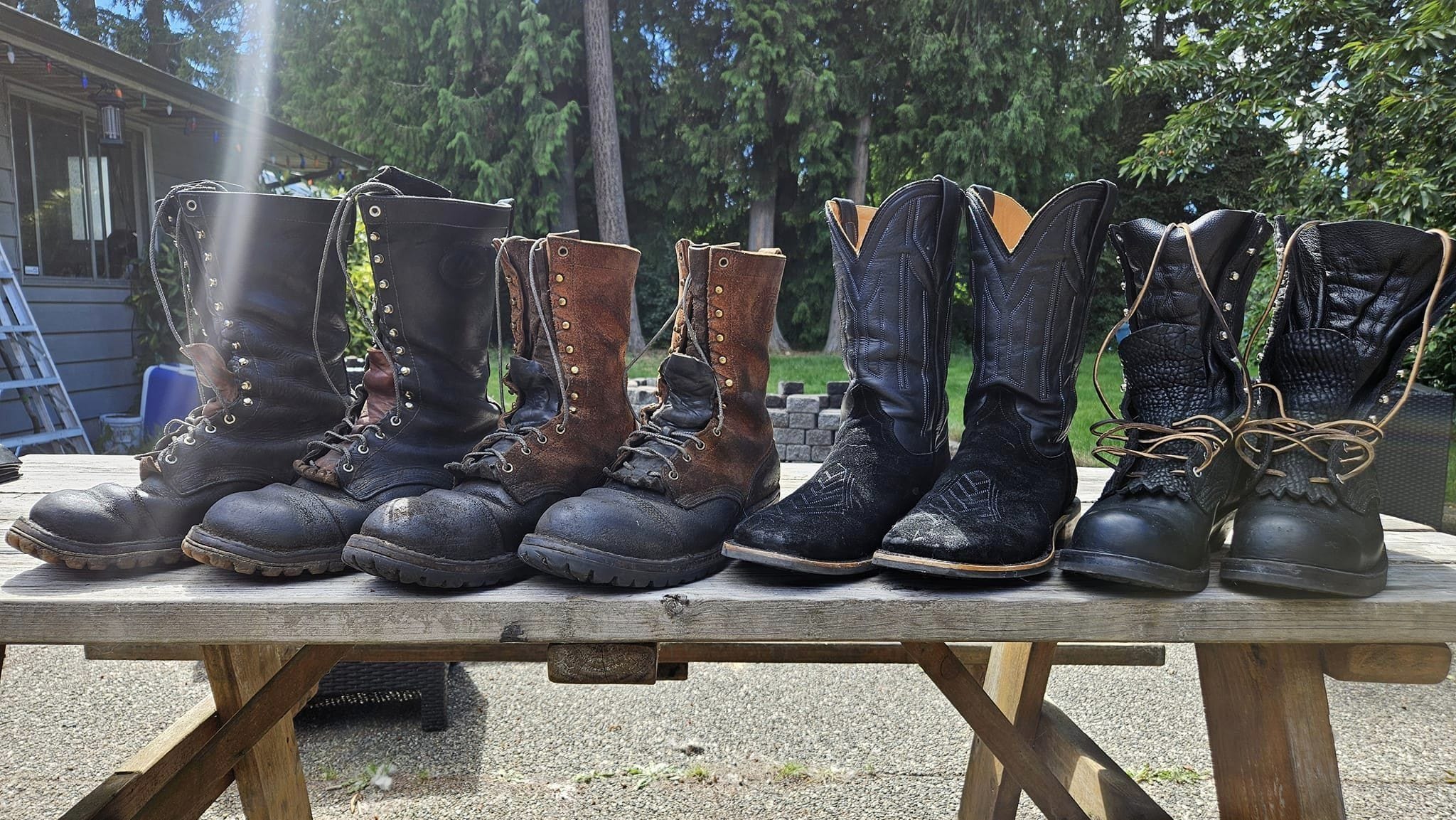
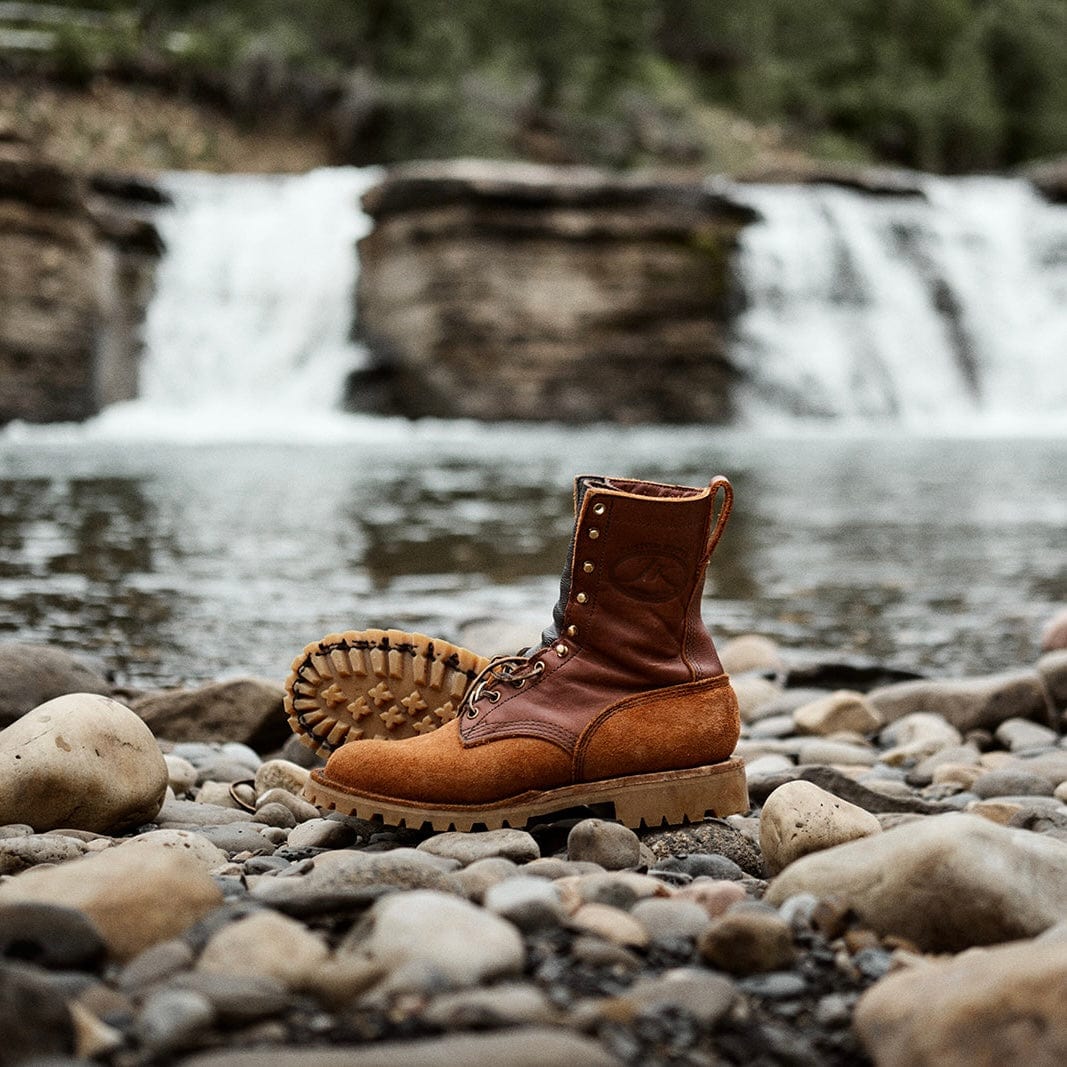
Leave a comment